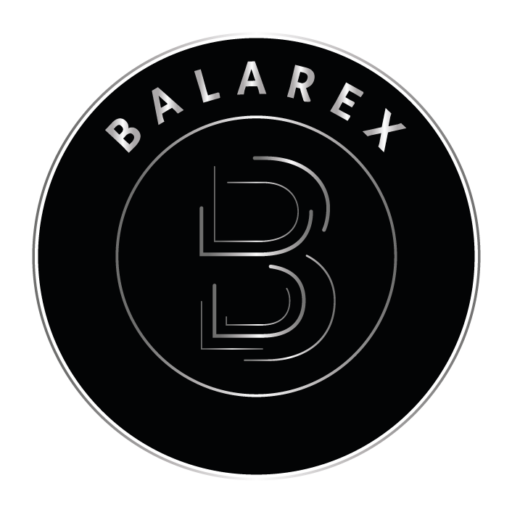Case Study

Transformation and turnaround of a loss-making B2B unit (€1B+) for a market leader in renewable energy
Problem Statement
Transform an existing energy retail unit into a profitable business and, in parallel, successfully enter the market for new solutions such as Energy as a Service (EasS), green hydrogen and biogas.
Context
A leading global renewable utility company owned a loss-making B2B unit consisting of five energy retail businesses in the UK, Denmark, Sweden, Germany and the Netherlands and in addition an energy consultancy, EasS and public street lighting service businesses.
The unit had a total of €1B+ in revenue, 350+ employees, 600K+ customers and produced 85GW in energy. Despite earlier changes, retail profits had been under pressure and the newly established energy-solution unit had been unsuccessful for two years. The CEO had requested an overall improvement plan and strategic recommendation(s) that were aligned with the company’s wider strategy.
Approach
The first step was to create a small core team with existing B2B unit managers and external consultants. The seven-step process focused particularly on:
- Market analysis for retail energy and EasS, Voice of the Customer (60 interviews) and competition analysis
- Benchmark operational models for retail businesses (Energy, Telecom)
- Employee Engagement and motivation
- Develop a strategic and go-to-market plan with recommendations for the various B2B businesses
Key findings
-
MARKET; The B2B energy market faces challenges in the form of flat volumes (1.5TWh), largely driven by companies optimising their energy consumption. Switching rates have increased due to digital solutions and new entrants. The energy-solution market (€50B in 2025) has emerged with a more attractive outlook (~8% CAGR) than the traditional commodity markets. Manufacturing, chemicals, food & beverage are attractive segments due to their high consumption and the cost factor of energy in relation to their production costs.
-
CUSTOMERS; Through extensive customer research, we identified unfulfilled customer needs relating to energy in four areas: i) Continues drive energy and cost efficiencies; ii) ability to improve risk profiles; iii) enhancement of green profile; iv) partnership engagement for a single-entry partner to collaborate with on identifying, generating and sharing the benefits of energy improvements.
-
PEOPLE, ORGANISATION; A siloed country-by-country operating model with diverging strategies, operations and functions was in place, with no leveraging of synergies. Cost to Serve (CtS) was 60% above the market benchmark. Talented employees and high potentials were being identified, but these were mainly skilled in energy retail and had a limited skillset in consultative selling and delivering complex solutions. The go-to-market approach was not consistent with EasS and energy retail across Europe. Employee engagement scores were below company standards. The results of the employee survey revealed the need for more regular communication, a clear mission and purpose and a change of rationale.
-
COMPANY STRATEGY; The overall strategy of the company is evolving and focuses on expanding the global footprint of renewable energy generation. Merchant risk mitigation is becoming critical due to phasing out of subsidy schemes to support renewable build-out. The sale and delivery of large volume of green energy to large consumers will be essential in the future.
Solution
NEW OPERATION MODEL – A new functional Operation Model with a single customer-facing commercial front end and competence centres for energy retail and EasS, with a focus on large commercial and industrial consumers. The commercial front end would focus on industry verticals (e.g. Food & Beverage, Manufacturing) and named accounts (500). Working towards excellence in solutions sales, C-level relationship management, market & customer intelligence and digital marketing. Carve out noncore ‘large commercial and industrial businesses’ (e.g. City light, Energy consultancy, SME) into a separate unit with aim of divestment.
ENERGY RETAIL Centre of Excellence – Digitalise and consolidate individual country operating systems and organisations into one efficient support team working with a cloud-based system. Maintain customer satisfaction levels but reduce OPEX by 22%. Rationalise the product portfolio focusing on merchant risk mitigation and enabling EasS offerings. Carve out SME retail businesses into a separate business unit with the aim of divestment.
ENERGY as a SERVICE Centre of Excellence – Shift from trying to be ‘all things to all people’ to a modularised solution portfolio with clearly articulated value propositions and tangible benefits for commercial and industrial customers. Target specific industry verticals with revised EasS product catalogue, enhanced with other energy solutions such as green hydrogen, solar and waste to energy.
PEOPLE DEVELOPMENT, COMMUNICATION – Restructure workforce (16% reduction) in line with the needs of the new operating model. Implement a communication plan including i) monthly update calls and Q&A sessions ii) Strategy Chats iii) Breakfast chats with engagement of the entire leadership team. Establish development plans for high-potentials and establish cross-country teams to tackle challenges and develop new solutions.
Board approval & Implementation
The analysis, strategic recommendations, planning and action plan were completed within three months. After board approval and the green light from the works council, the new operating model was implemented in one go in order to create a Day 1 organisation. The model was then finetuned over the subsequent two months. In parallel, the Centre of Excellence for retail launched the digitalisation effort using agile working methods. Step by step, over a period of ten weeks, the retail customer journey was digitalised and the new OPEX level achieved. The modularised approach for EasS was operationalised in within months, followed by regular account plan reviews in order to increase hit rates.

delivered
12% Growth

employee engagement
13% Increased
Results
The vision and strategy implemented through the change plan described above resulted in a 12% increase in profitability. The previously unsuccessful EasS business sealed four contracts within year one with eight LOIs to be closed in year two. Despite all the changes, customer satisfaction levels remained high and employee engagement also increased by 13%. The CEO commented: ‘This was the first time in six years that we have a profitable B2B business and a sustainable B2B strategy that is aligned with the overall direction of the company’.


